welding- rotator
At a faster travel speed than they could in, a welding rotator gripper can help operators weld. They are done purely at a manual or semiautomatic welding operation.
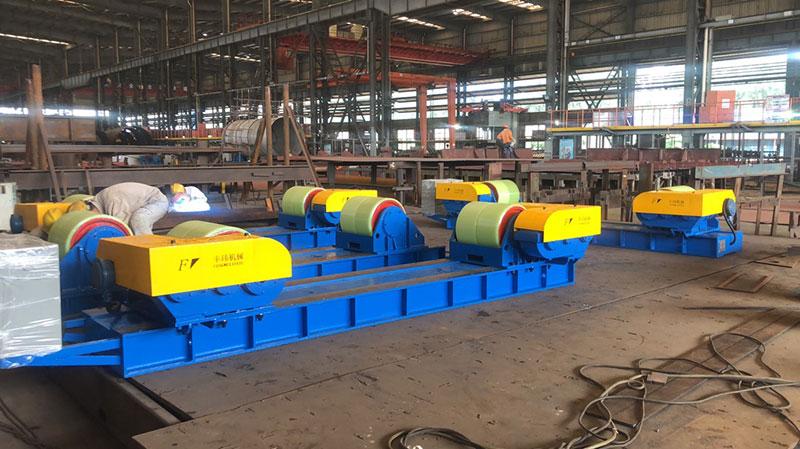
At a faster travel speed than they could in, a welding rotator gripper can help operators weld. They are done purely at a manual or semiautomatic welding operation.
To maneuver and weld larger assemblies, it is known that the welding rotator can assist the welders in many different ways. To offer similar welder benefits, what might not be so well-known is that many smaller assemblies can also be mechanically positioned.
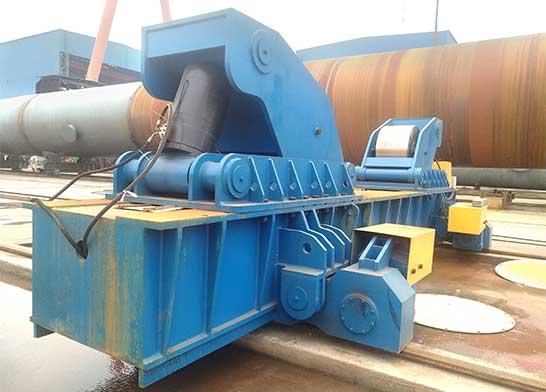 Pipe Welding Rotator site real picture
Pipe Welding Rotator site real picture
For every weldment, large or small, the principles of rotation are the same. The base product is affixed to the rotation equipment and then maneuvered by mechanical ways into a position right to allow the most effective assembly and welding. The complete weldment is moved to allow easier access to the weld joints as parts or subassemblies are added.
At a faster travel speed than they could in, a welding rotator gripper can help operators weld.
They are done purely at a manual or semiautomatic welding operation. To keep the weld puddle in the joint instead of thinking about moving them around while manipulating a torch or electrode holder, the operators can concentrate on this.
To perform the essential positioning function or at more advanced rotators can be used as a platform from which one can create an entire welding workstation that can reduce the clutter and improve productivity is how these rotators are now available.
A welder will be performing welding which is semiautomatic being ergonomically friendly and productive with the combination of a rotator with a welding power source and a torch stand. Under a stationary torch, the rotator holding the part and operates it. This torch can be fitted with a weaving device to allow the oscillation for filling more significant gaps or V-grooves. The quality of the weld with more excellent repeatability can be improved with the torch position and consistent speed.
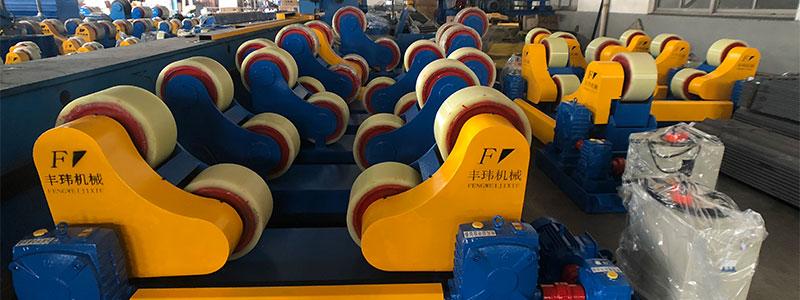 welding rotator workshop
welding rotator workshop
The following are the things that kept in mind by Fengwei while selecting, maintaining, and operating the rotator:
1. Remember the Center of Gravity
Accounting now only for the weight and size of the weldment, but also for the center of gravity and how far it would be from the positioning device is what selecting the suitable positioning device for the job involves. The point at which the weldment balances on every ax equally is COG.
The motor and control choice will be guided through the rotator manufacturer's specifications. To ensure capacity is adequate to handle the weldment, welders need to check the specifications for horizontal and vertical loading. The rotator should withstand the most significant possible load.
2. Usage of Turning Rolls
It is eligible to be rolled if a weldment is cylindrical. To allow down and welds, smaller rolls-powered for turning or type of idler being able to rotate a pipe or a vessel. An even circumferential weld can be produced along with stead rotation of the power rolls. To support the longer pipes and vessels, idler rolls are not powered. To add the flanges to pipe ends connecting pipes and end to vessels is where they are often used.
3. Keep It Flat
It is important that the unit has to be mounted to an even flat surface to prevent it from tipping even with small positioning equipment. The mounting holes should be used to secure the rotator to a stable surface to avoid tipping when or if it faces an unexpected force if mounting holes are provided. It should be secured as well for a welding rotator that is mounted to a stand or workbench.
4. Connect Ground Current to the rotator
A ground current should be connected to the rotator itself during welding. It eliminates having to continuously remove and replace a welding clamp—the ground current transfers from the table into the chassis.
With the electric current that is produced by the welding process, the rotator should be compatible. Every ground cables also have to be tightly secured with any paint removal before bolting it to the carriage.
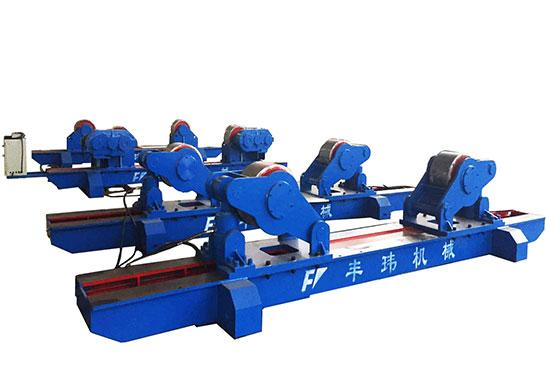 Pipe Fit Up Turning Rolls
Pipe Fit Up Turning Rolls
Benefits of Welding Rotator of Fengwei
· Improved Weld Quality
Weld integration and repetition are the two factors on which weld quality depends. Into the weld process controller that uses blueprint or CAD designs for reference is through the weld integration. The welding output will be the same as long as the process and the input weldments remain constant. For instance, to position the weldments correctly and ergonomically within the proper distance of the welding area, the welding positioners or rotations help a lot. To bring the weldments to the exact location in a similar alignment for the right kind of exposure to the welding torch would ensure of right weld every time a mechanized positioner is repeating the same process. The weld quality and finish are improved through it.
· Increased Output
Several constant factors are involved here, decreasing the setup time for a welding activity in an automated welding process. The machine can perform at higher weld speeds as a product's welding speed depends on the setup time.
· Decreased Scrap
Human error is significantly reduced through the automated torch movement or the other parts. A weld will take place only when pre-conditions are satisfied in a computerized setup. With the manual processes, it is pretty unlike where the number of scraps increases with human fatigue.
· Decreased Variable Labor Costs
To produce output double, that of skilled labor is what the welding rotator is capable of. A fully automatic system has eight times the output of skilled labor. The producer's eight hours of production time are lost when skilled labor does not report to work. A producer can decrease the variable labor cost by investing in automation and hiring a general worker to handle or supervise the process.
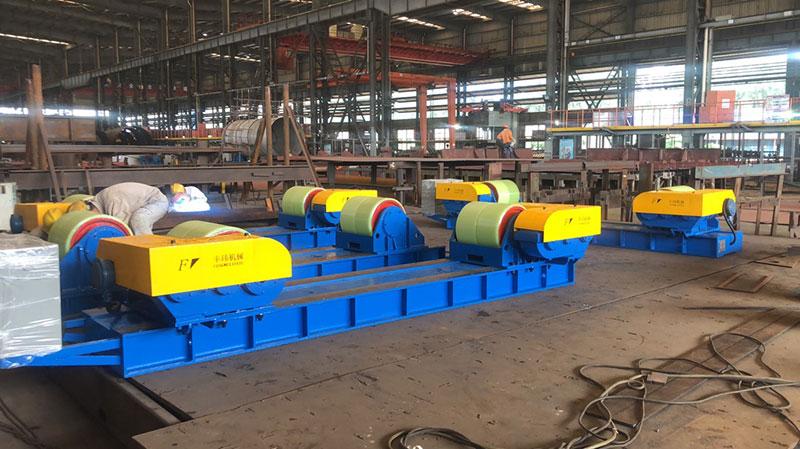
pipe welding rotator
Concluding thoughts
The clients' needs are successfully met with the help of the modern infrastructure and the expertise of the technical team of Fengwei. They can meet the international standards of quality, reliability, and precision in their range of products with the right kind of technically advanced range of production equipment and types of machinery. To manufacture their range of products, they have the ideal variety of available machines. Clients can now exceed their customer's expectations with cumulative knowledge and expertise.